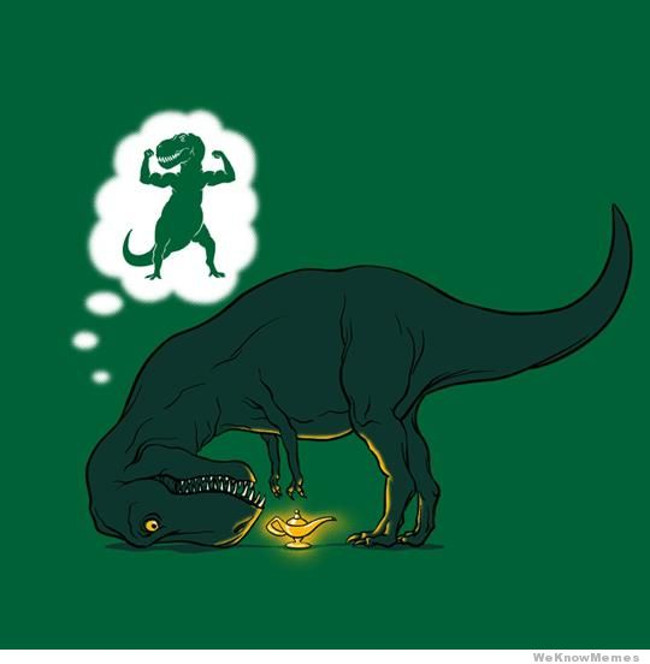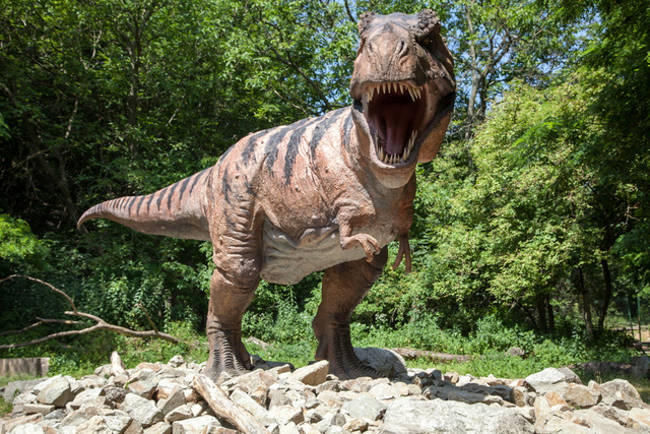The new finding may help explain why the T-Rex dinosaur has very small arms
Why is the T-Rex dinosaur having two undeveloped arms still a question that scientists are seeking to answer.
It is often thought that the T-Rex dinosaur's hands are an evolutionary trait , as they are less likely to use their hands when hunting but rely on the strength of their jaws. But scientists are still struggling to find the answer to this interesting mystery.
Is it possible that T-Rex dinosaurs have small, useless hands because they are never used, or are the gene traits of this dinosaur? Recently an archaeological discovery can help scientists get the most accurate answer.

It is the fossil of a new dinosaur, a small-sized species, but the special thing is that it also has atrophied hands like T-Rex. Scientists call it Gualicho shinyae , a medium-sized carnivorous dinosaur about 1.8 m high.
What surprised the scientists was that the arm of this dinosaur was very small, just by the arm of a child. Besides, his hand also has only 2 fingers very similar to the T-Rex dinosaur.
Scientists are surprised that T-Rex and Gualicho shinyae don't seem to be related, even if they belong to two completely different dinosaur branches. Based on the continued study of this new dinosaur, scientists believe they can answer the above question.

Two small atrophy limbs may have been characteristic of many carnivorous dinosaurs, not only for T-Rex. It is called " evolutionary convergence ", meaning that non-interrelated organisms develop similar properties.
The feature is adapting to hunting when moving with two legs, then finishing off the prey with powerful jaw pairs. The two front limbs gradually became unnecessary and they would become degenerate .
Meanwhile, the skull and jaw of these species are extremely developed. Scientists have not yet discovered the gualicho shinyae's box to prove this hypothesis. But once found and found that Gualicho shinyae's skull is also large and strong, scientists can confirm the hypothesis.
- Finding tiny dinosaurs in Germany
- Discover the smallest dinosaur footprint ever
- Clean-falling dinosaur teeth when grown up
- New dinosaurs have tiny arms
- Find the 'super small' skull of the giant herbivorous dinosaur
- Found small dinosaur fossils like
- Discover a small dinosaur with turkey in Australia
- Detecting dinosaur eggs in India
- Biological arms controlled by brain signals
- Chinese farmers make fake arms
- Discover embryos in eggs, dinosaurs are revived?
- The dinosaur tails remain intact in the amber mass of 99 million years
 Discovered an ancient centipede fossil 99 million years old
Discovered an ancient centipede fossil 99 million years old Discovered bat-like dinosaurs in China
Discovered bat-like dinosaurs in China Discovered a 200-year-old bronze cannon of the coast
Discovered a 200-year-old bronze cannon of the coast Discover 305 million-year-old spider fossils
Discover 305 million-year-old spider fossils